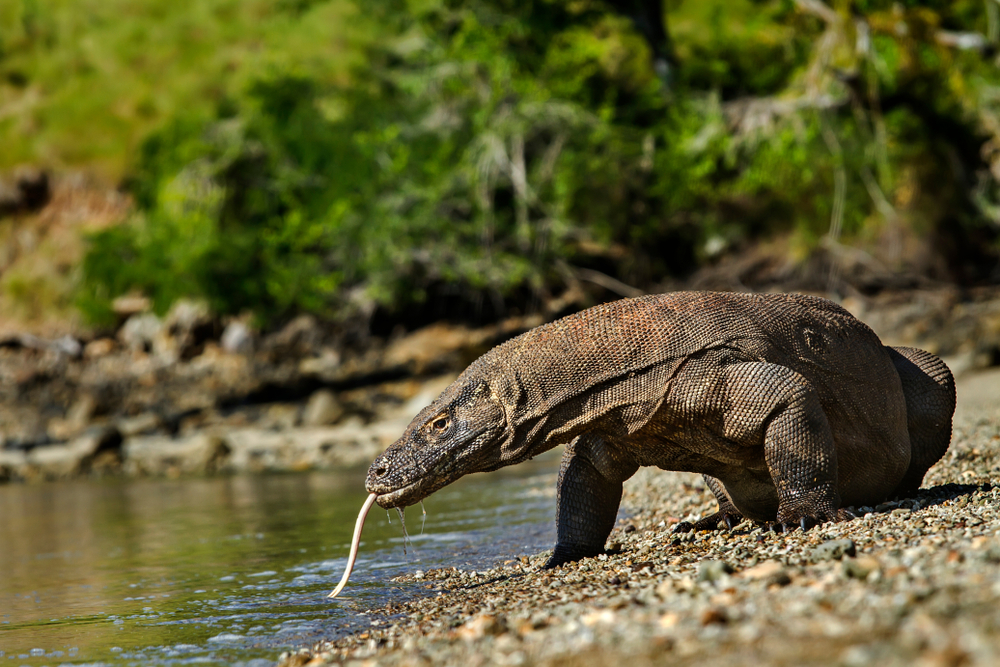Lore Lindu Overview
Lore Lindu National Park, known locally as “Taman Nasional Lore Lindu,” is a captivating expanse of natural beauty and biodiversity situated on the island of Sulawesi in Indonesia. Spanning an area of 3,310 square kilometers (1,278 square miles), this remarkable park lies south of the equator, primarily within the Central Sulawesi Province.
Lore Lindu serves as a crucial ecological zone, bridging the transitional zone between the Sunda and Sahul shelves, making it part of the Wallacea region—a globally recognized biodiversity hotspot.
The terrain of Lore Lindu National Park is a dramatic tapestry of landscapes. The park is characterized by rugged mountain ranges, with its highest peak, Mount Rorekatimbu, reaching an elevation of 2,610 meters (8,563 feet). Rolling valleys, dense tropical rainforests, and expansive grasslands complement the mountainous backdrop. Pristine rivers, such as the Lariang River, carve through the park, feeding into serene lakes like Lake Lindu, which lends its name to the park.
The park’s vegetation is as diverse as its terrain, encompassing montane forests, lowland tropical rainforests, and patches of swamp and savanna. Towering trees, including various species of dipterocarps, are prominent, alongside vibrant orchids and carnivorous pitcher plants.
Wildlife enthusiasts will find Lore Lindu National Park a treasure trove of unique and endemic species. As part of Wallacea, the park hosts a blend of Asian and Australasian species. Iconic mammals include the endangered Sulawesi dwarf cuscus, anoa (a small buffalo endemic to Sulawesi), and the Celebes warty pig. Birdwatchers are particularly drawn to the park, which shelters over 230 bird species, 77 of which are endemic.
Notable avian residents include the maleo, a ground-dwelling bird known for its extraordinary nesting behavior, and the Sulawesi hawk-eagle. Reptiles, amphibians, and a dazzling array of insects add to the park’s biological richness.
Lore Lindu is also renowned for its ancient megaliths scattered across the Bada Valley, some dating back to 1300 CE. These mysterious stone carvings, shaped like human figures or abstract symbols, offer a glimpse into the region’s cultural heritage and remain a source of fascination for archaeologists and visitors alike.
Visitors can explore Lore Lindu through various activities, including trekking through its dense forests, birdwatching, and visiting the megalithic sites in the Bada Valley. The park offers a network of trails that lead to picturesque waterfalls and remote villages, providing opportunities to experience the park’s natural and cultural richness. Camping near Lake Lindu is a popular way to immerse oneself in the serene environment.
Despite its wonders, Lore Lindu faces challenges from illegal logging, habitat encroachment, and poaching, which threaten its unique ecosystems. However, conservation efforts, such as community-based forest management and the designation of the park as a UNESCO Biosphere Reserve, highlight ongoing successes in preserving this irreplaceable natural treasure.











































































